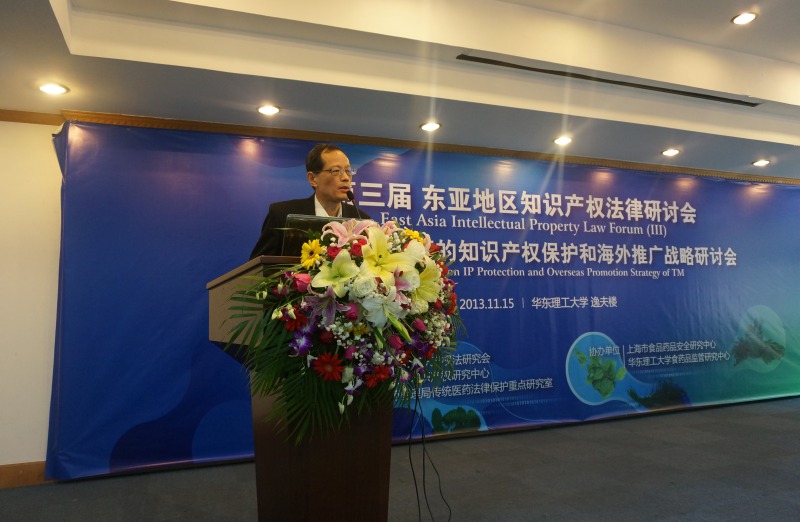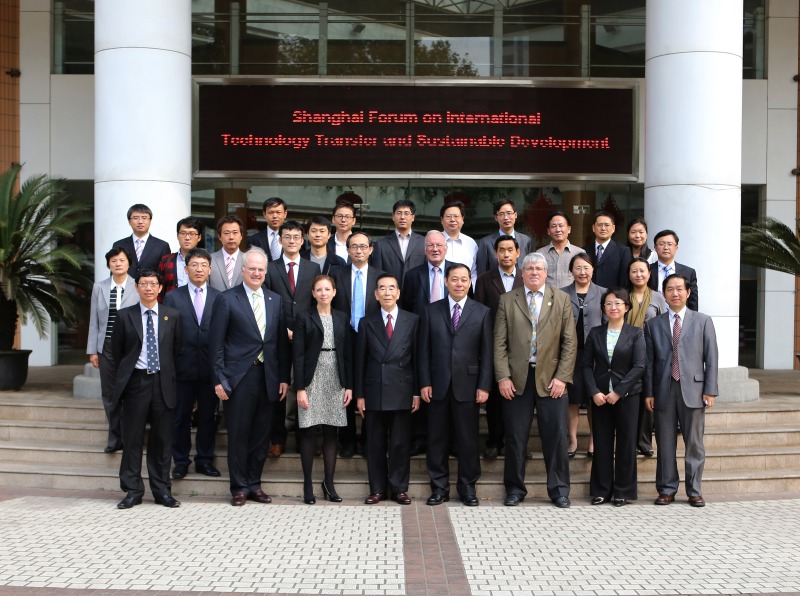An Analysis of the Rationality of Safety Policies on Agriculture Genetically Modified Organisms in China
XiaoXianjing, Lu Qunfeng, Journal of Public Management2008.5(1)
【Abstract】
This paper generalizes thecharacteristics of promotional, preventive, permissive and precautionary safetypolicies on agriculture genetically modified organisms. Integrating the risksand income assessments of genetically modified crops, this paper discusses therationality of policies in various patterns. The analysis shows thatpromotional safety policies on agriculture genetically modified organisms onlyconsiders the income of genetically modified crops while ignoring theirenvironmental risks, which may result in greater risky results; preventivesafety policies on agriculture genetically modified organismsaretoo much to bedetrimental, for it abandons all incomes while keeping the environmental risksof genetically modified cropsaway ; permissive safety policies on agriculturegenetically modified organisms do not recognize the specialties of environmentrisks of genetically modified crops, so remediation afterwards is impossible;precautionary safety policies on agriculture genetically modified organisms canpay attentions to both risks and incomes, for it can hold the incomes ofgenetically modified crops when it deals with the risks. Therefore,promotional, preventive and permissive safety policies on agriculturegenetically modified organisms are irrational, while precautionary safety policieson agriculture genetically modified organisms are rational.
This article canbe divided into five parts:
1. Thepromotional safety policies on agriculture genetically modified organism:existing great potential risks.
Theformulating of this kind of policy is for accelerating the application oftransgenic technology over the nation. It sets up a lower bio-safety standard,sometimes even no bio-safety standards, and it doesn’t carry out bio-securitydirection to the growing of GM crops or even taking a symbolic check. Thispolicy ignores the transformation possibilities of the potential risks andblindly imports and plants the GM crops. So it may cause enormous environmentalcosts and makes the gains meaningless. Thus it can be seen that this policy isunreasonable.
2. Thepreventive safety policies on agriculture genetically modified organisms: “Goingbeyond the limit is as bad as falling short.”
Inorder to protect the bio-safety, the government forbids the using of transgenictechnology. This policy actually stifles the diversities and differences ofvariety GM crops risks and uniformly identifies them as high-level risks, high-probabilityoccurrence and severe-levelhazard. Thus it can be seen that this policy isunscientific.
3. Thepermissive safety policies on agriculture genetically modified organisms:remediation afterwards is impossible.
Thispolicy is neutral. It not only intends to accelerate but also to slow down theapplication oftransgenic technology over the nation. The formulation of thispolicy doesn’t consider the uncertainties and limitations of scientificresearch and insists that it is not unsafe unless the science shows the proof forthe harms of GM crops. So it would take no preventive measures before theoccurrence of the harmful events. Thus, this policy is unreasonable.
4. Theprecautionary safety policies on agriculture genetically modified organisms:balancing the risks and the profits.
Consideringthe safety of genetically modified organism, the policy-making is for slowingdown the development of transgenic technology but not totally prohibiting theusing of this technology. Now, there are a lot of countries adopting thispolicy. This policy balances the relation between the uncertainty of risks andthe certainty of earnings. Except for guaranteeing the rapid development oftransgenic technology, it can safeguard the public health and environmentalsafety at the same time. Therefore, it’s reasonable.
5. Theconclusion.
Inall the four policies, the precautionary safety policy on agriculturegenetically modified organisms is relatively rational. However, when a countrywould choose the specific policy, it must analyze according to the concreteconditions. It may be more complicated.
next:Analysis on the Advantages and Disadvantages of Protection of Gene Patent


